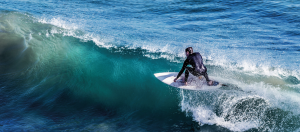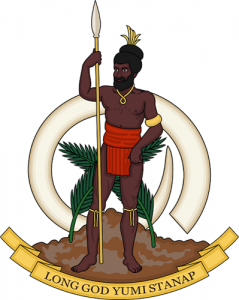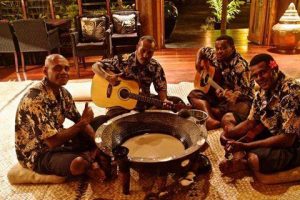 Because waves break over reefs, surfing in many parts of the Pacific isn’t for beginners but for those who know what they are doing it can be a lot of fun.
Because waves break over reefs, surfing in many parts of the Pacific isn’t for beginners but for those who know what they are doing it can be a lot of fun.
They say the surfing in the Cook Islands can be rewarding but I have only seen it once, during a very rough storm that created waves on Avarua Harbour and some intrepid local took the boards out for a wild thrill.
In Samoa, there can be terrific surf off the south coast of the main island of Upolu. Sa’ Moana was the first resort to specialise in marketing to surfers (in 1999) but there are a few resorts along the coast that cater well for that niche..
The surf in Fiji can also be excellent but there are no resorts located right near the surf reefs. You can head out for say trips from resorts like Plantation Island, Treasure Island and Castaway Island.
In Vanuatu there are good waves to be found around Port Vila (Pango Point) but they are right above reefs and should only be taken on by competent riders – novices could end up with some nasty coral cuts. You can probably guess how Breaka’s Beach Resort got its name and, while not huge, there are good left and right breaks to be had out front of the resort.
(Photo: Treasure Island Fiji)












